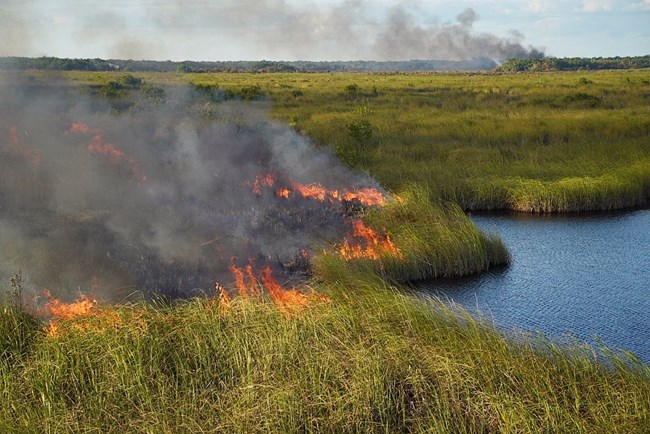
NPS Michael Gue 2023 Prescribed Fire SeasonOver the next couple of months (February-March) weather, fuel, and water level conditions will be right for prescribed fire operations to be implemented. These prescribed burns will help reduce the risk of wilfire impacts on cultural resources, park infrastructure, and the surrounding communities. Prescribed fire operations also allow us to manage smoke impacts outside the boundaries of the Park's fire-dependent ecosystem. Because Everglades National Park is in a Class 1 Airshed (an area that requires a higher air quality and visibilty protections) mitigating smoke impacts is always a top priority for our fire managers. Here are some actions that we take to minimize smoke impacts:
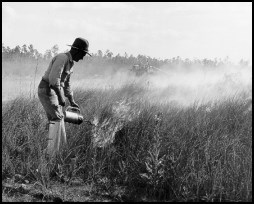
History of Prescribed FireIn the 1950s, Dr. Bill Robertson recognized the role fire played in the pine rockland ecosystem and was concerned with changes within the pinelands as a result of fire exclusion. In 1958, with findings to back Dr. Robertson's research, the first prescribed fire in National Park service history was ignited in Everglades National Park in an effort to begin the process of maintaining this unique ecosystem.Since 1958, Everglades National Park has been using prescribed fire to reintroduce and maintain fire as part of an ecosystem that has been altered by man. Prescribed fires are used in many of our ecosystems, including wetland prairies, sawgrass marshes, and the pine rocklands. Today, Everglades National Park has one of the largest prescribed burn programs in the National Park Service, burning just over 100,000 acres a year. What is a prescribed fire?Prescribed fire is a planned fire; it is also sometimes called a "controlled burn" or "prescribed burn," and is used to meet management objectives. It is one of the most important tools used to manage fire today.Prescribed fires are planned for months, and sometimes years in advance of their implementation. Fire managers must meet certain parameters to ensure that conditions such as temperature, wind direction and speed, relative humidity, soil moistures, and smoke management are favorable for fire behavior, meeting burn objectives and personnel safety. Why do we use it?
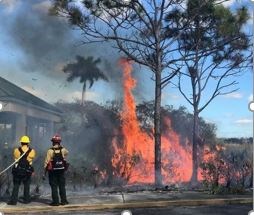
NPS Photo Michael Gue
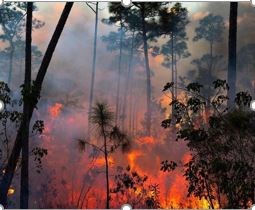
NPS Photo Ian Wilson
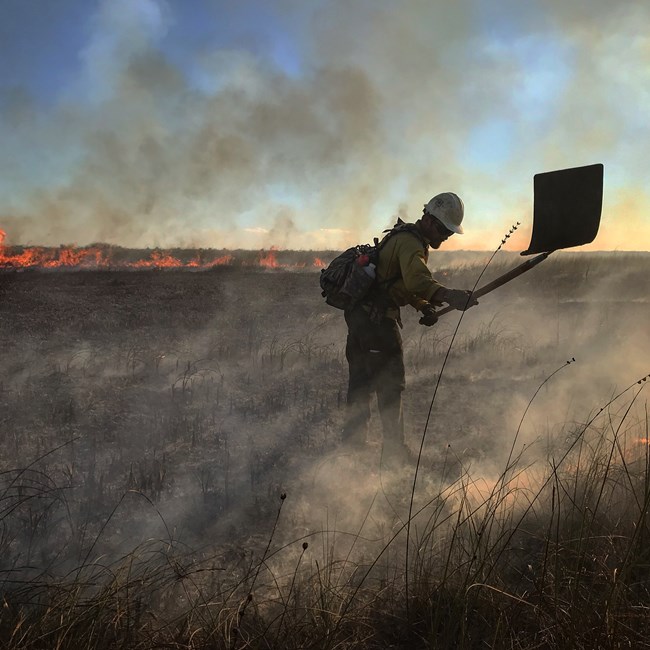
NPS Photo Michael Gue "River of Fire" Video
|
Last updated: February 3, 2023
